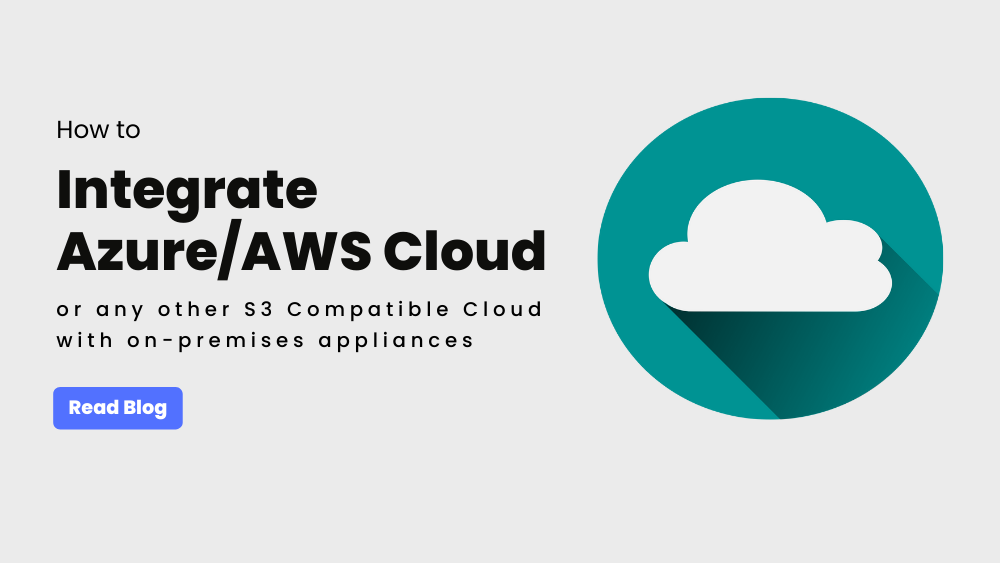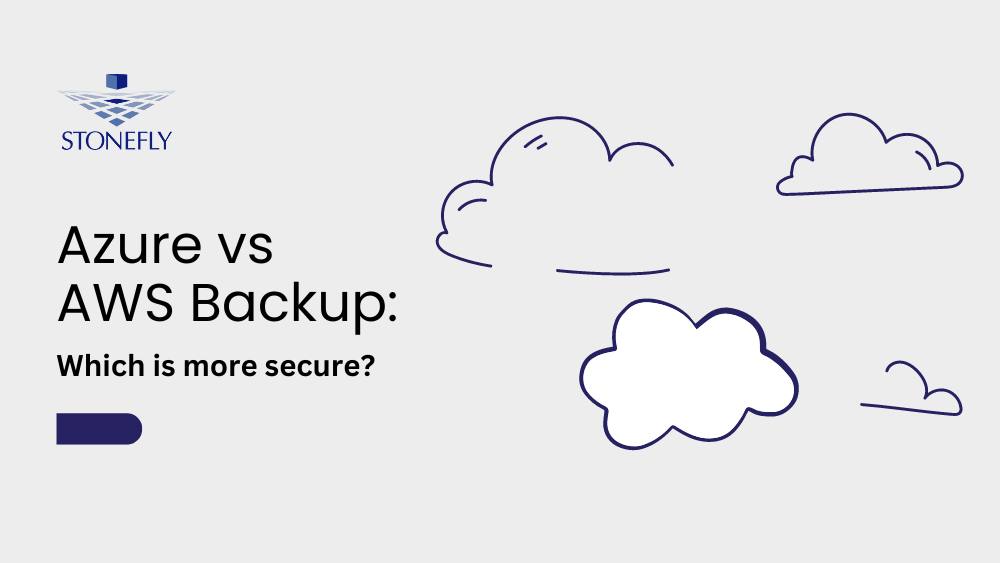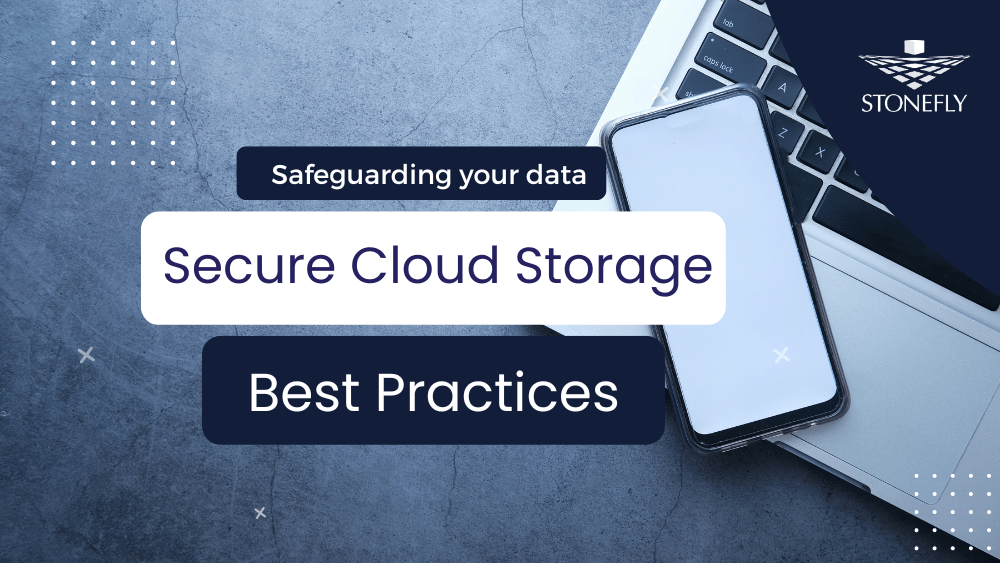StoneFly’s partnership with Amazon and Microsoft enables our customers to utilize the services, tools and features provided not just by StoneFly but by both public clouds as well.
Amazon provides a number of management tools that enable you to analyze, manage and classify your data into the storage tiers of Amazon (S3 Standard, S3-IA, Glacier). When you backup to AWS (Amazon Web Services), you acquire these tools by default.
Data-driven Storage Management for S3 & S3-IA (Infrequent Access)
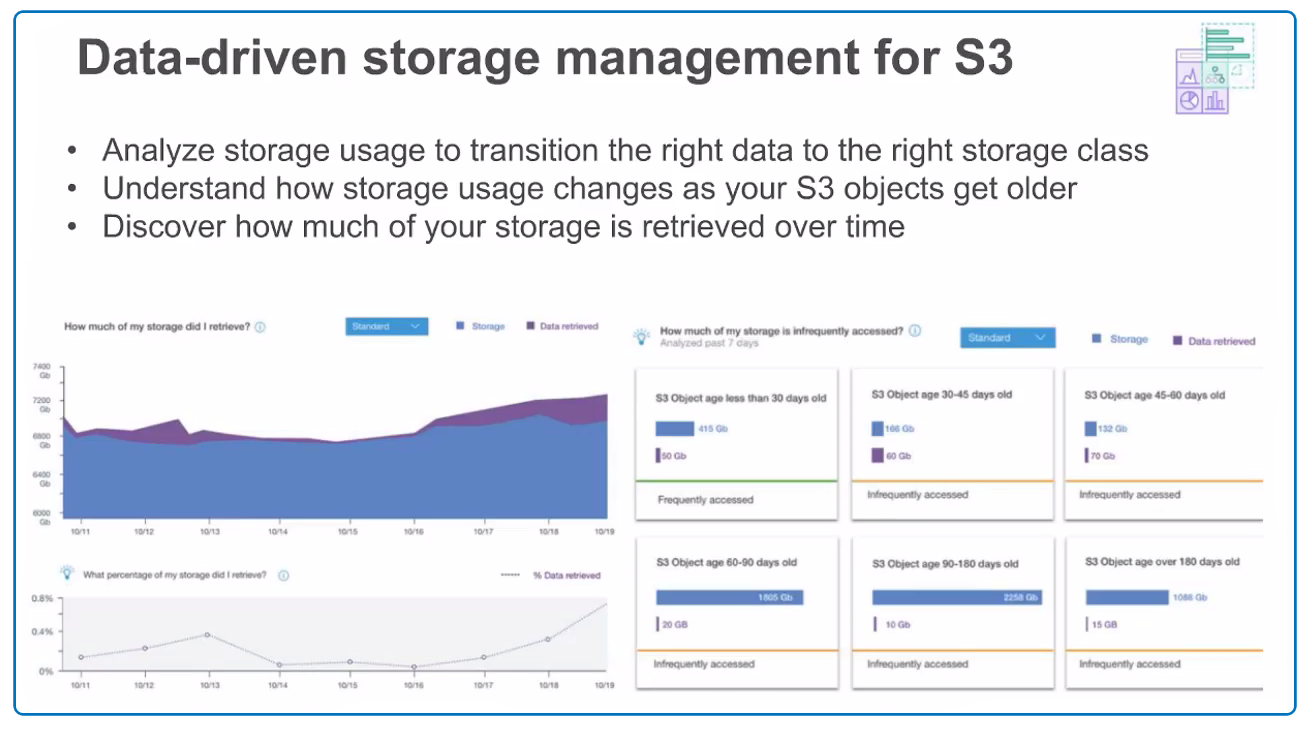
Amazon provides a number of tools to facilitate data tiering from S3 to S3-IA and to Glacier. These tools allow you to analyze how each object is being used and accessed, starting from S3 (Simple Storage Service). This enables enterprises to choose when to move an object from S3 to S3-IA.
The tools display how much storage you have, what your data retrieval patterns are and the age of stored data. Using these analytics, you can develop policies and write scripts that move your data between the storage tiers. For instance, let’s say you have an object that is frequently accessed initially and after 90 days; it is accessed infrequently. Then you can make the script to move this data from S3 to S3-IA. And after maybe nine months or a year, this data is no longer needed; you can move it to Glacier and archive it.
These analytics will enhance your cost efficiency by using granular policies that move this data between storage tiers based on access frequency.
Data Classification & Management
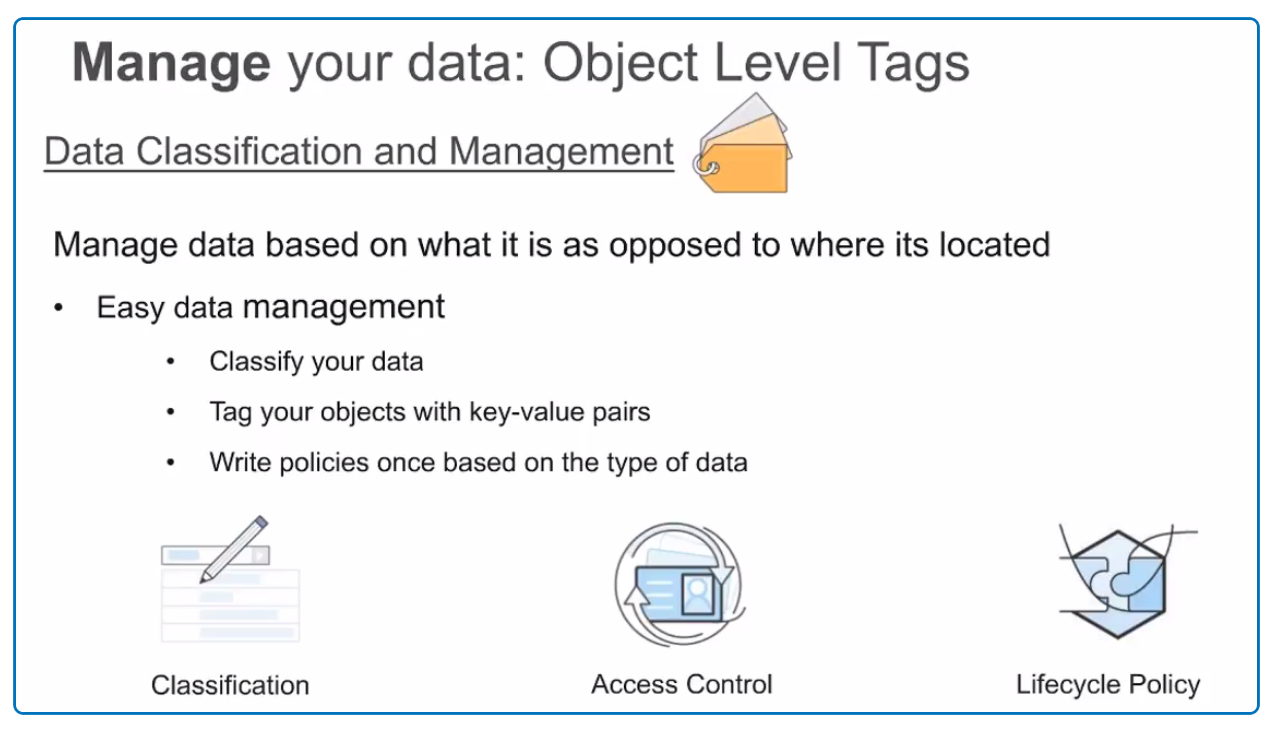
Another pair of tools facilitates you to tag your data. So if you’re directly going into S3, you can write a tag or you can even apply tags to the data after it has been written. Then this tag can be used to call or refer to this object.
This is just another tool that enables you to properly manage your data that has been stored in S3 Standard. You are able to write a policy based on tags and/or you can maintain an indexing file that allows you to track the flow of data using these tags.
StoneFly Cloud Connect to Amazon Glacier
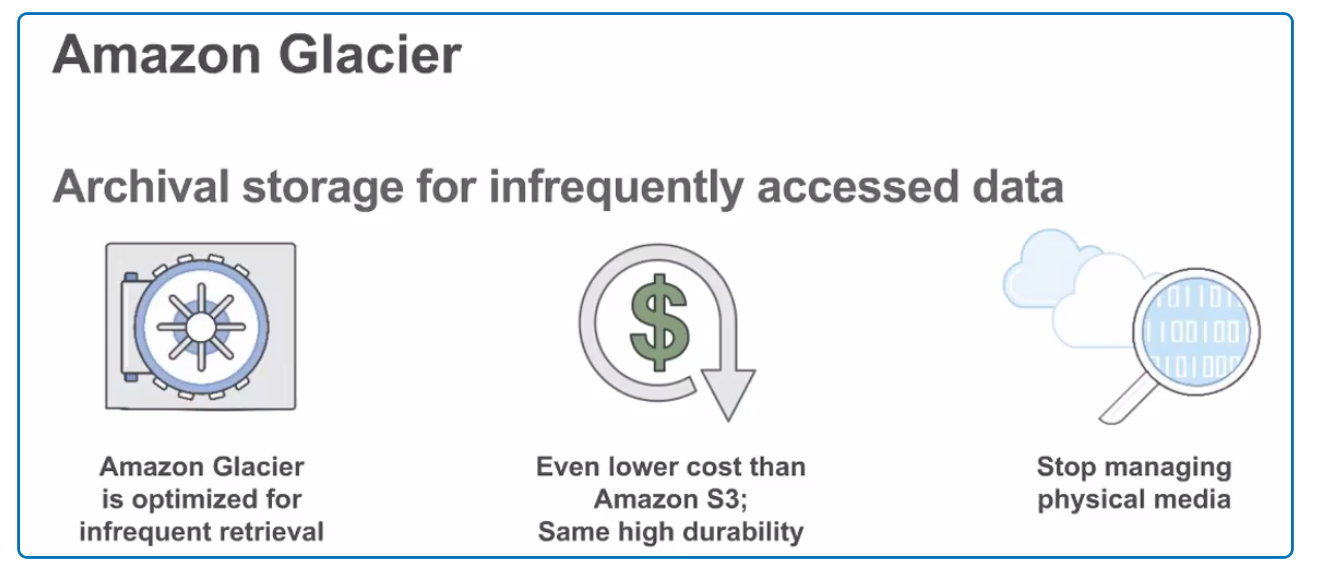
Amazon Glacier is storage dedicated for archival data. This means, that the data that is written into Glacier, is something you need to store for a long period of time. Maybe you just need to store it for compliance reasons, to guarantee that it is not deleted. And because of that, it’s not something you would expect to read out often.
There are three different ways of retrieving data from Amazon Glacier. You have options for when you do choose to retrieve the data. However, Amazon doesn’t expect you to retrieve this data anytime soon. This is why it is very important to plan ahead and analyze your data before resorting from Amazon glacier for cloud backup.
Vault Lock Policy & Vault Access Policy
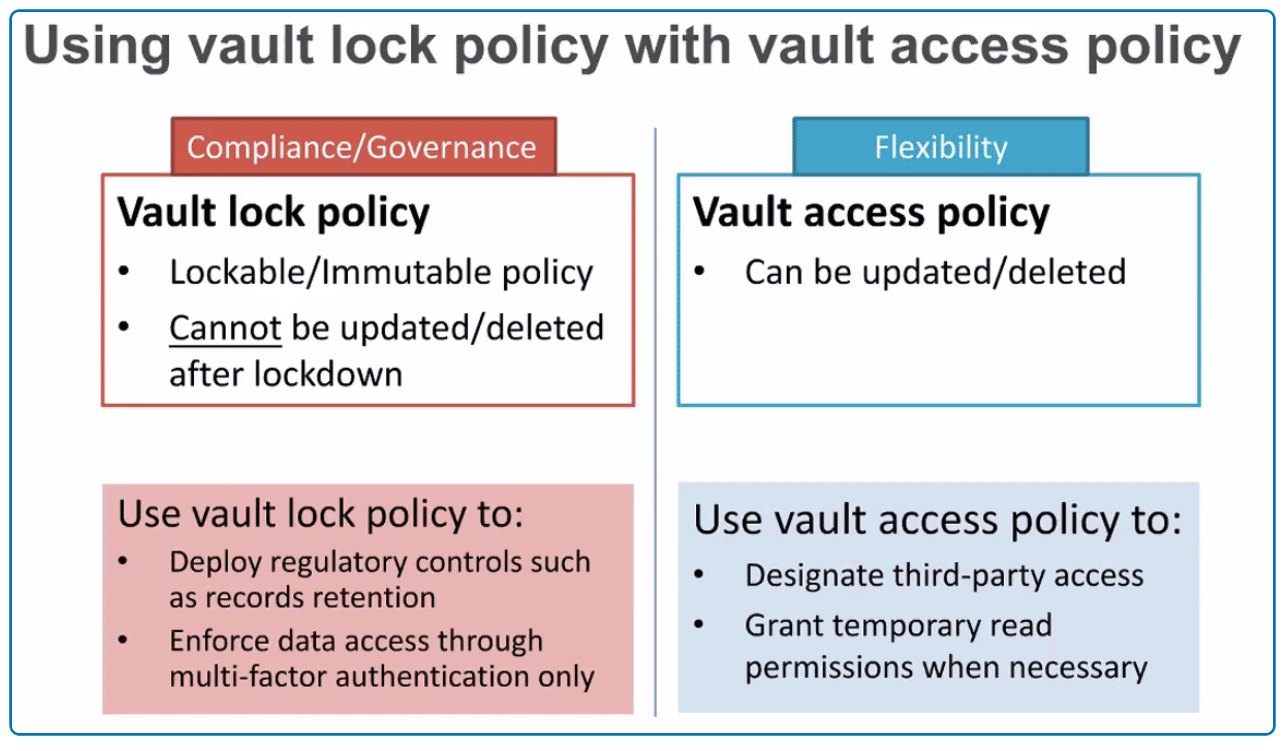
With Glacier compliance you have the option to set a vault lock and vault access policy. The Vault access policy is flexible, since it allows data to be deleted or updated. This means you can delete objects at any time and you are able to work with the data that’s in there. Even though, it’s not something you are expected to read out a lot. You can still go in, write new objects or even override objects and delete objects that are inside glacier.
With Vault lock policy, the vault is completely locked down. You are unable to make any updates; you cannot delete objects in the vault after it’s been locked. This makes data immutable and compliant with various government regulations. As some regulations require you to keep the data in a secure fashion, which guarantees that it is untouched and not tampered with; as well as it cannot be deleted after a certain amount of time. So with Vault lock policy, you can decide that your data needs to be locked for 8 years from the time it was stored. It is necessary to be very careful when setting the policies of data retention because if you accidentally enter 80 years instead of 8 years; that data is going to sit there for 80 years. And you will have to endure the cost of that data retention.
Conclusion
Amazon’s various management tools and features are meant to provide the most economical and efficient means of cloud backup and disaster recovery services. Pairing the services of Amazon with StoneFly Cloud Connect, you acquire a hybrid solution that leverages your storage infrastructure and data to increase your productivity, work efficiency and profitability.








